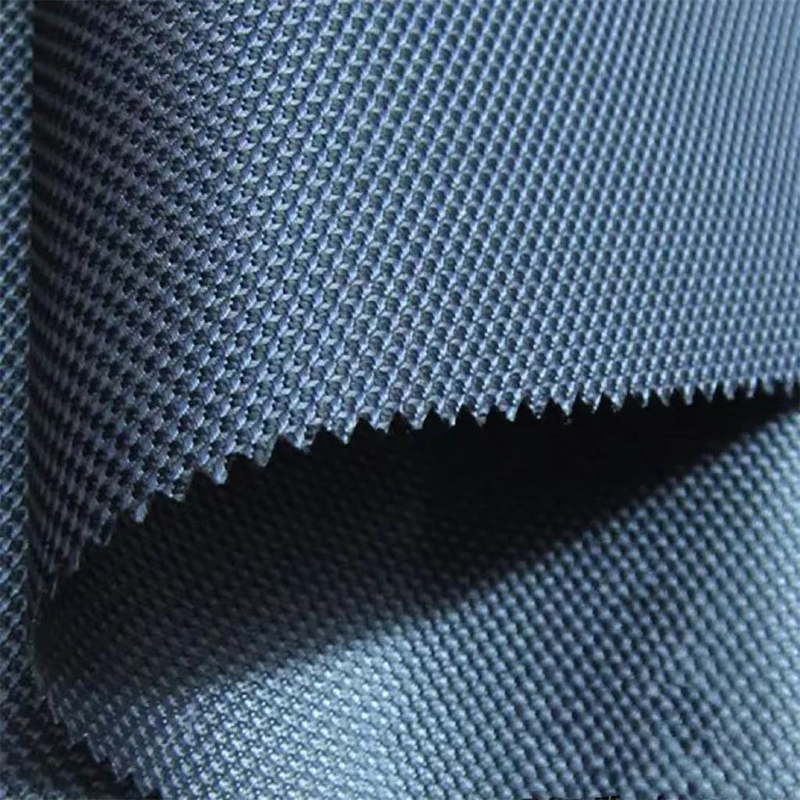Polyester elastic fabric is prized for its stretchability, durability, and versatility in various applications ranging from clothing to household textiles. However, to maintain its quality and ensure longevity, it's important to avoid common mistakes that can compromise its performance. Here’s a detailed guide on what to avoid when handling polyester elastic fabric:
1. Excessive Heat during Washing and Drying
Polyester elastic fabric is sensitive to high temperatures. Washing or drying it at high heat settings can lead to shrinkage, damage to elasticity, or even melting of the fabric fibers. Always follow the care instructions provided by the manufacturer, which often recommend washing in cold or lukewarm water and drying on low heat or air drying.
2. Overstretching
While polyester elastic fabric is designed to stretch, pulling or stretching it excessively beyond its intended capacity can cause permanent deformation or loss of elasticity over time. When sewing or wearing garments made from this fabric, avoid excessive pulling or tension.
3. Incorrect Washing Techniques
Using harsh detergents, bleach, or fabric softeners that are not suitable for polyester can weaken the fibers and reduce the elasticity of the fabric. Opt for mild detergents and avoid bleach altogether. Additionally, fabric softeners can leave residues that affect the fabric’s stretchability and feel.
4. Poor Storage Conditions
Storing polyester elastic fabric in direct sunlight or in humid environments can degrade its elasticity and lead to color fading. It's best to store it in a cool, dry place away from sunlight and moisture. This helps to maintain its original properties for a longer period.
5. Neglecting Seam Allowances
When sewing polyester elastic fabric, proper seam allowances are crucial. Using too narrow seam allowances or not using appropriate stitching techniques can cause seams to break or pop when the fabric stretches. Always use a stretch stitch or a zigzag stitch on your sewing machine to ensure durability and flexibility.
6. Skipping Pre-Washing
Pre-washing polyester elastic fabric before sewing or using it in a project is essential. This step helps to remove any residual chemicals from the manufacturing process and allows the fabric to shrink if it's prone to shrinkage. Skipping this step may result in unexpected changes in size or fit after washing the finished garment.

7. Ignoring Weight and Stretch Considerations
When selecting patterns or designs for garments using polyester elastic fabric, consider its weight and stretch properties. Choosing a pattern designed for non-stretch fabrics or ignoring the fabric’s stretch capacity can lead to poor fit and discomfort in the finished garment.
8. Using Improper Stitching Techniques
Using a straight stitch when sewing polyester elastic fabric can cause seams to break when the fabric stretches. Always use stitches that are designed to stretch, such as a zigzag stitch or a stretch stitch on your sewing machine. These stitches allow the seams to stretch with the fabric, ensuring durability and comfort.
9. Ignoring Special Handling Needs
Certain types of Polyester elastic fabrics may have specific handling requirements due to added treatments or finishes. Always check the care label or instructions from the manufacturer to ensure you are following any special handling guidelines. This can include temperature restrictions, drying methods, or ironing recommendations.
10. Not Testing Before Use
Before incorporating polyester elastic fabric into a new project or garment, it’s important to test its stretch, recovery, and compatibility with other fabrics if applicable. This testing phase helps to identify any potential issues early on and ensures that the fabric will perform as expected in the final product.
By being mindful of these common mistakes and following proper care and handling practices, you can preserve the quality, elasticity, and appearance of polyester elastic fabric over time. Whether you’re sewing garments, using it in home décor, or choosing ready-made items, these guidelines will help you get the most out of this versatile fabric.